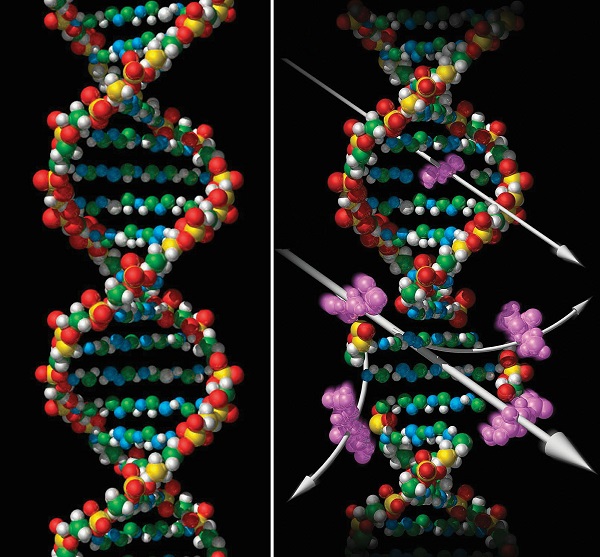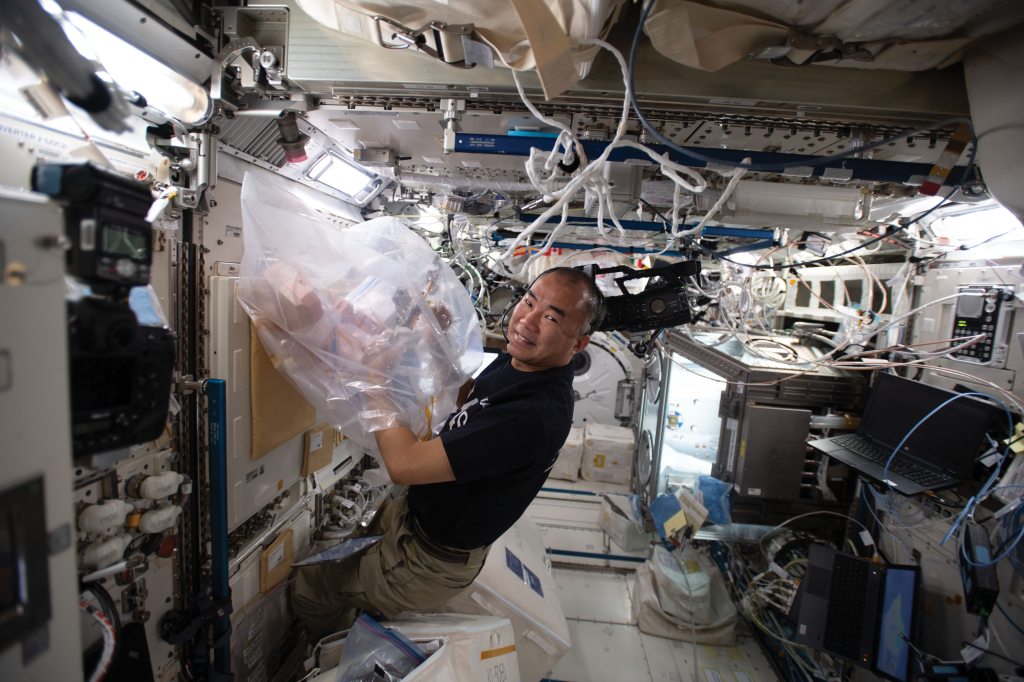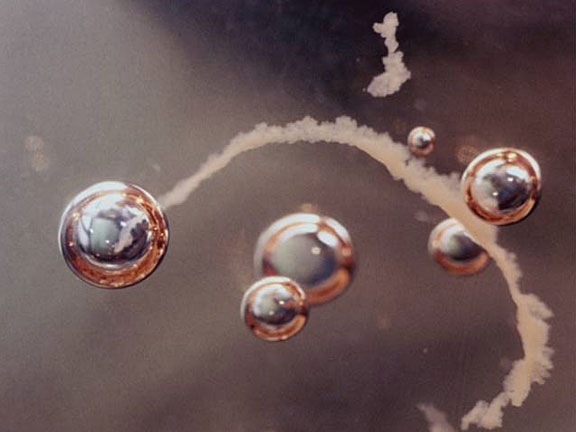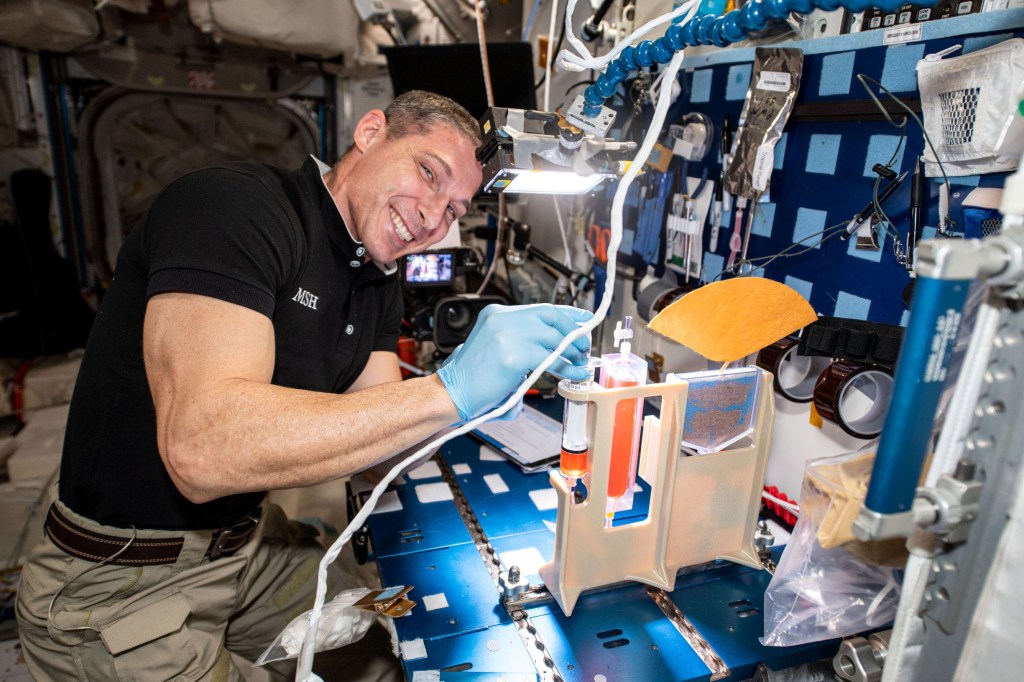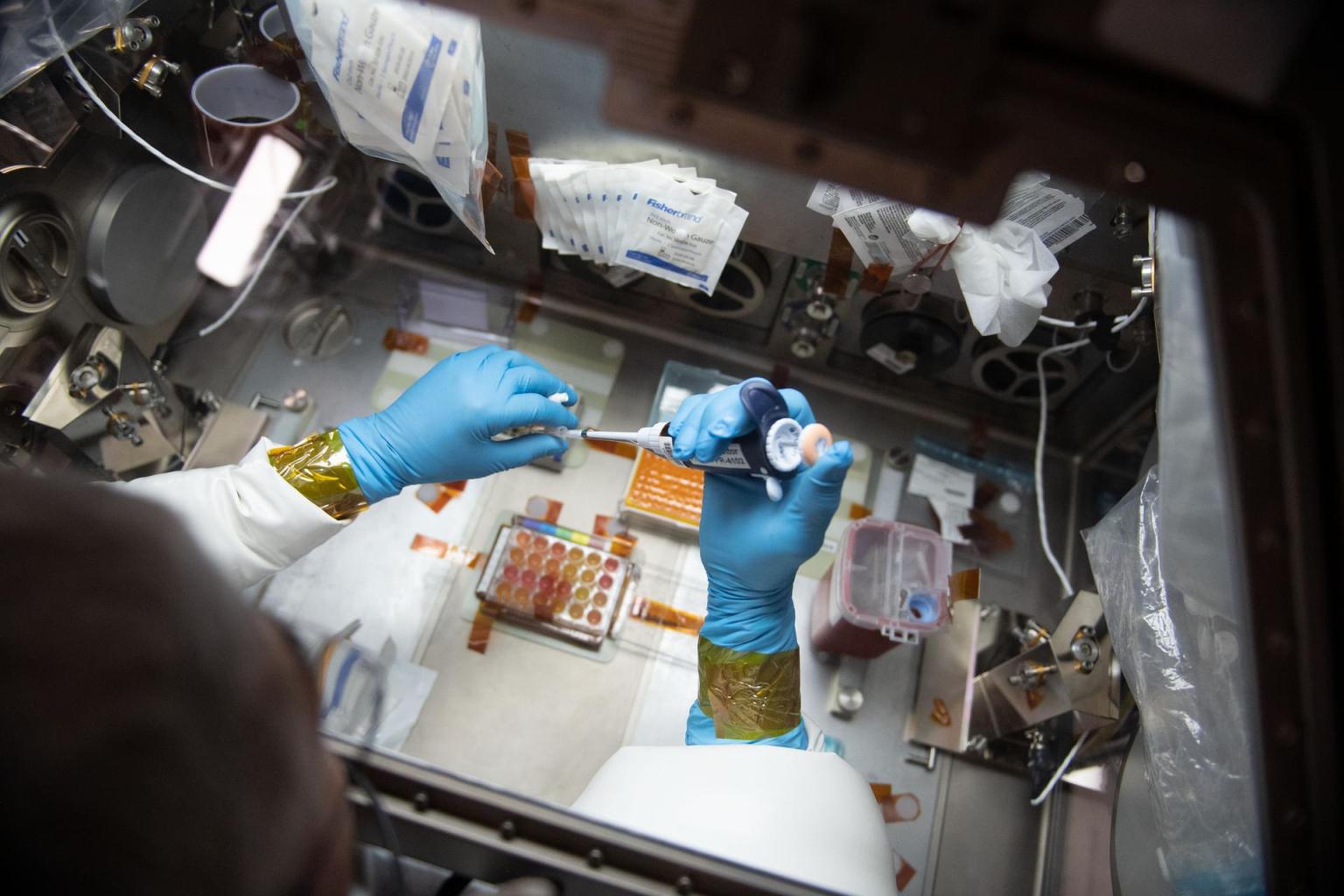Station Science 101
Epigenetics Research in Space
A growing body of research suggests a link between epigenetic mechanisms and a wide variety of illnesses and behaviors, including cancer, cardiovascular and autoimmune illnesses, and cognitive dysfunction. Epigenetics also plays a role in the changes humans and other living things experience in space.
Learn More about Epigenetics Research in Space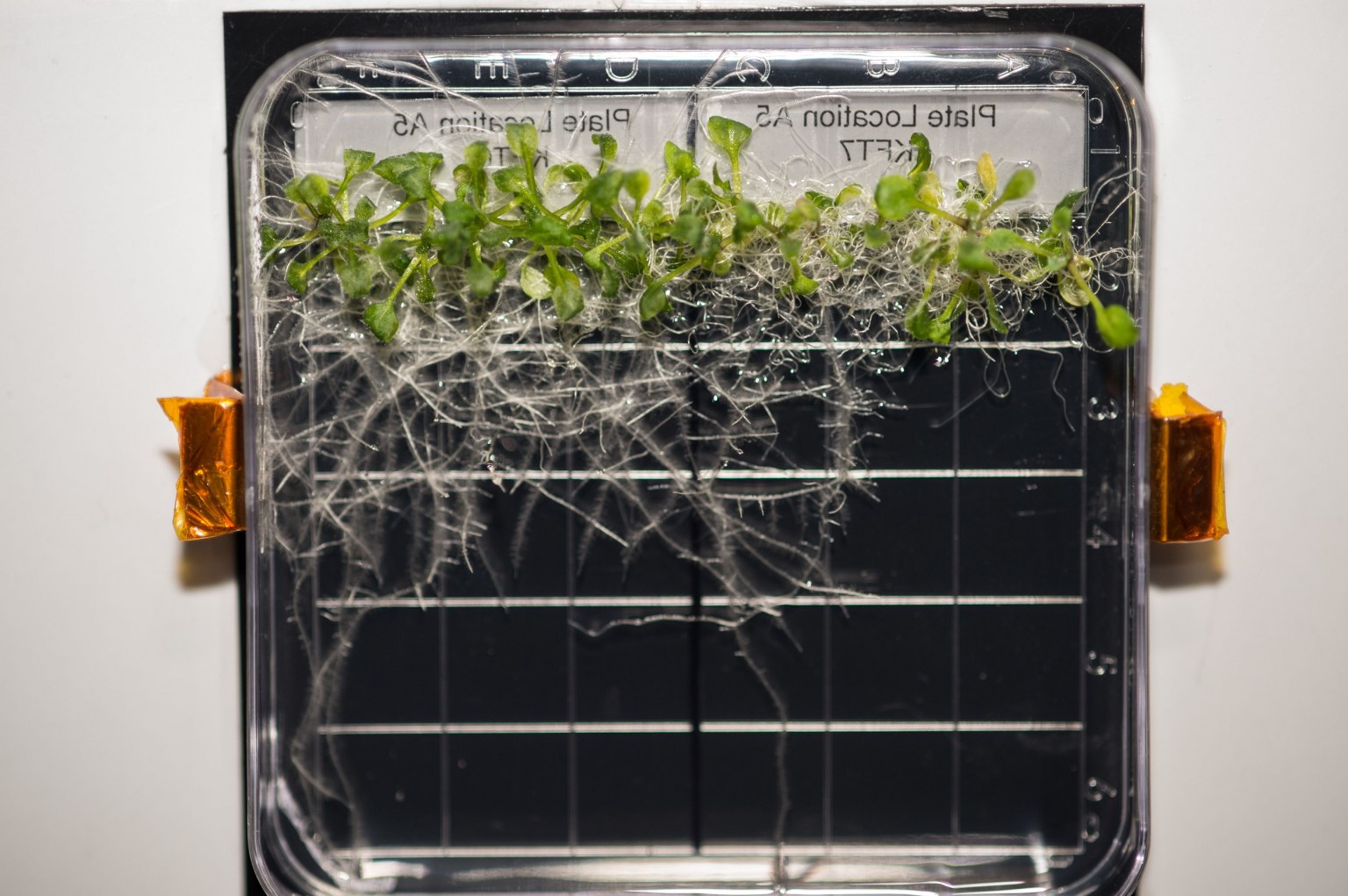
Station Science 101: Studying DNA in Space
Long-term space exploration exposes humans to radiation that can damage deoxyribonucleic acid or DNA, which carries the genetic information for…
Read the Story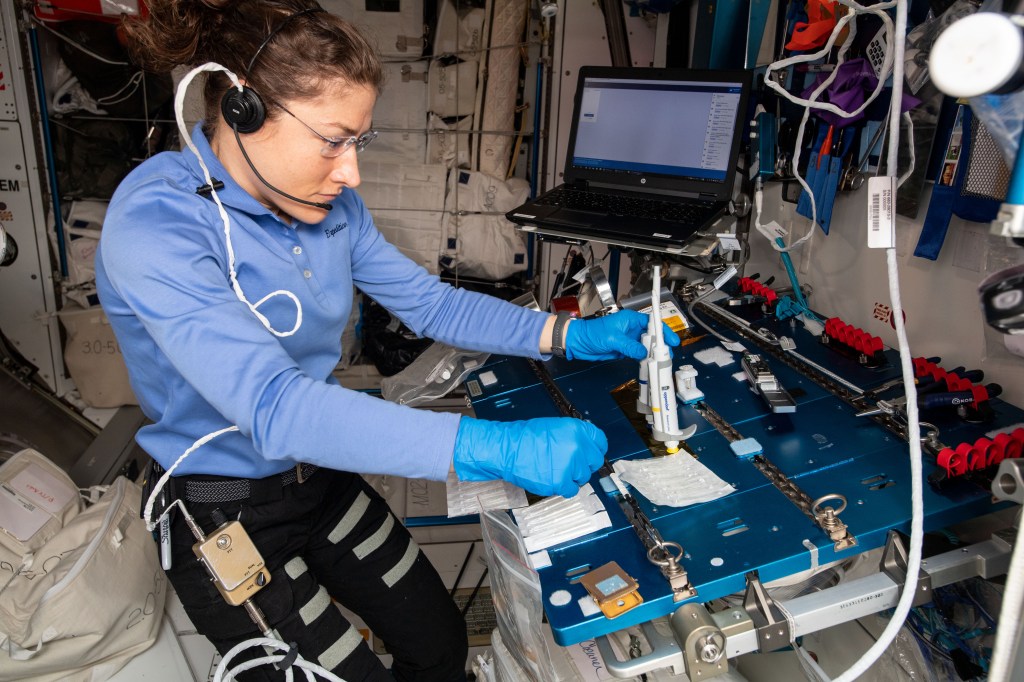
Plants in Space
As NASA plans long-duration missions to the Moon and Mars, a key factor is figuring out how to feed crews during their weeks, months, and even years in space.
Learn More About Plant Studies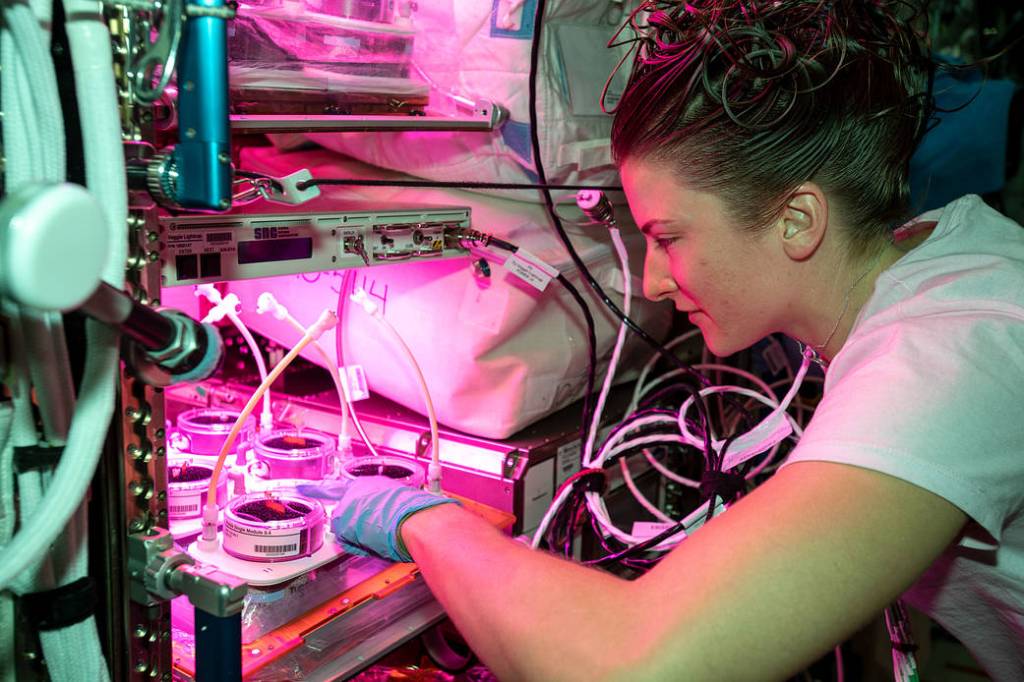
Station Science 101: Microbiology
Wherever there are humans, there are microbes, too. Bacteria and fungi live all around us, in our homes, offices, industrial…
Read the Story
Protein Crystals in Microgravity
Crystals could make possible new and better versions of existing drugs to treat conditions from muscular dystrophy to cancer.
Learn More About Protein Crystals Studies
DNA Sequencing in Space Timeline
Bacteria can be identified by their unique biological blueprint, contained within molecules of deoxyribonucleic acid (DNA). DNA is made up…
Read the Story